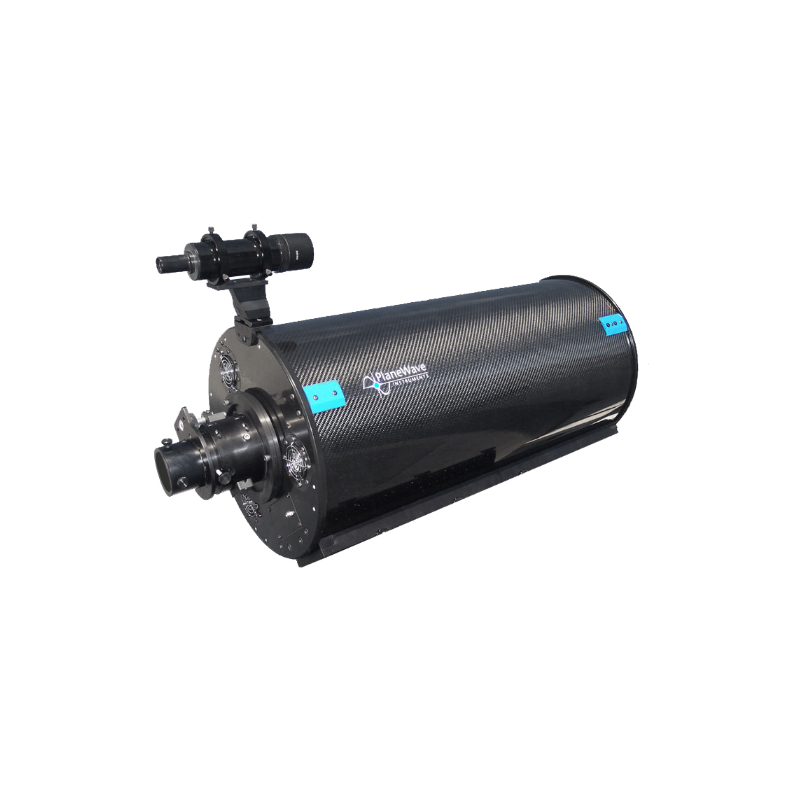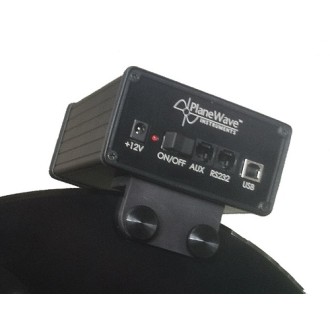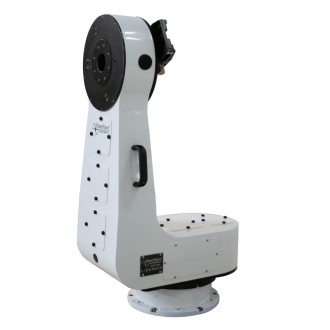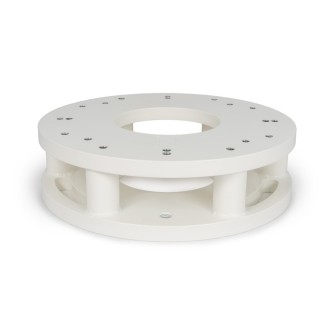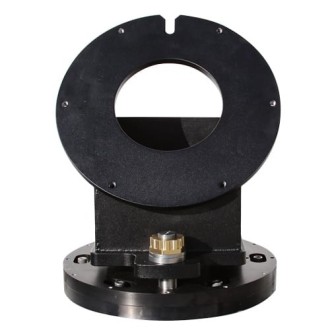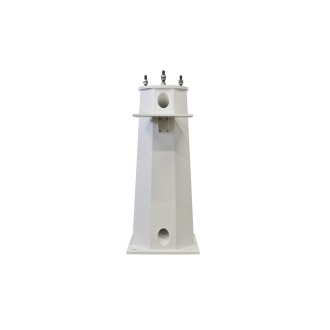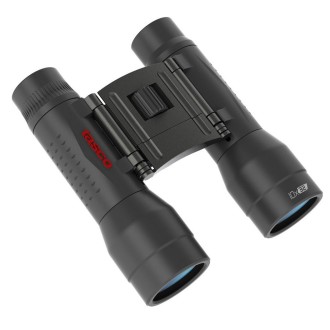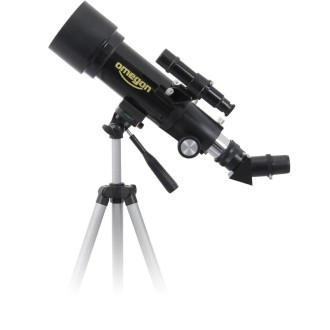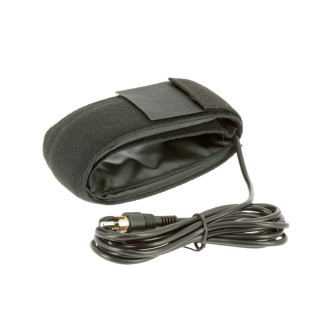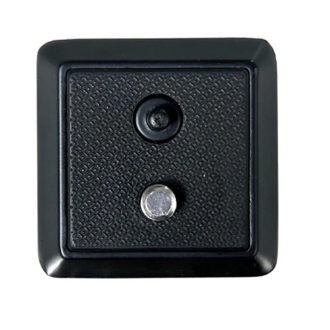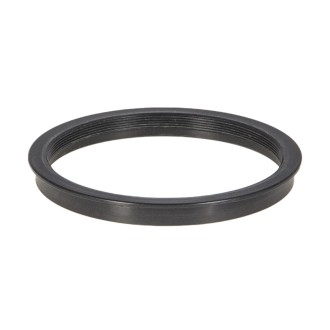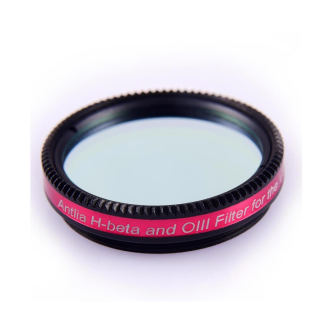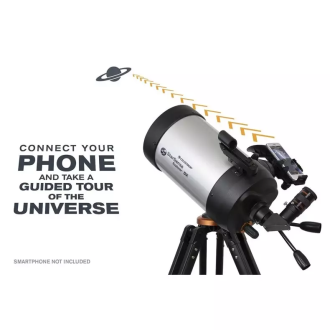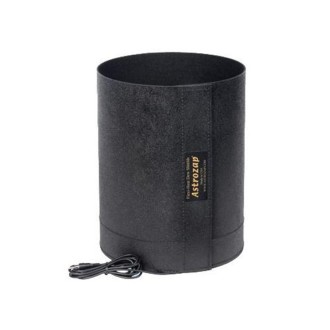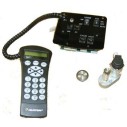
| Planewave EFA Kit 1329012 for CDK12.5 | +1,092.44 |
PlaneWave Instruments CDK12.5 F/8 astrograph with fused silica optics
| Carrier | Description | Estimated Delivery | ||
|---|---|---|---|---|
 |
Home delivery - International | Home delivery - International |
Wednesday, 7 May - Wednesday, 14 May |
|

Home delivery - International
Home delivery - International
Estimated delivery:
Wednesday, 7 May - Wednesday, 14 May
PlaneWave Instruments CDK12.5 F/8 Astograph with Fused Silica Optics
PlaneWave Astograph CDK12.5 f/8
Following the successful introduction of PlaneWave's CDK 20" astrograph a few years ago, the CDK 12.5" is now available in a smaller and even more affordable aperture. The CDK 12.5" is an affordable astrograph for many amateur astronomers.
The abbreviation CDK stands for the optical system of the PlaneWave astrographs: a Dall Kirkham Cassegrain with an optical correction unit. The result is the 12.5" CDK, free of coma and off-axis astigmatism, which offers a perfectly flat field to the edge of a 52 mm image circle. Learn more about the optical design (CDK).
Fused Silica is a synthetic amorphous silica glass of the highest purity and one of the most transparent glasses manufactured. The optical and thermal properties of fused silica are superior to those of other types of glass due to its purity. Its transmission and homogeneity exceed those of crystalline quartz without the thermal instability problems inherent in the crystalline form. Fused silica has a coefficient of thermal expansion six times lower than borosilicate glass (Pyrex), which means that, upon cooling, it retains its shape with a high degree of accuracy. This results in constant optical performance and unchanging focus despite changes in temperature. Thanks to its high melting temperature (~ 1,600 degrees Celsius), very low coefficient of thermal expansion and resistance to thermal shock, fused silica is the material of choice for professional observatories and various scientific applications.
At this point, we will show you a dot diagram to convince you of the high image quality of the CDK 12.5. In the left column, the diagram shows a diffraction simulation for the CDK 12.5" optics, and the right column shows the calculated dot plot. The small squares in the diagram are 9 micrometers (0.009 mm) wide. The axis is up, the center line is 15.6 mm off axis (0.35 degrees) and the bottom line is 26 mm off axis (0.58 degrees).
The diameter of a star at the edge of the flat field corresponds to the pixel size of current large-format CCD chips and the image quality of the optics is limited only by viewing conditions and tracking quality.
When working with SBIG CCD cameras (with or without AO8), precise focusing distances to the CCD chip (primary mirror spacing / chip surface) must be met to maintain field flatness and to obtain a good image. For this purpose, adapters are available for different configurations.
Key features of CDK12.5
Large aperture and extended focal ratio
The CDK12.5 has an aperture of 318 mm and a focal ratio of f/8. This combination provides outstanding depth of field and excellent resolution. This combination provides great depth of field and excellent resolution, making it very effective for detailed images of the Moon, planets and deep sky.
Advanced optical design
The CDK12.5 features a state-of-the-art corrected Dall-Kirkham optical system that delivers exceptional image clarity. This design eliminates coma and off-axis astigmatism and achieves a perfectly flat field, ensuring sharp, detailed images across the entire field with minimal post-processing adjustments.
Robust mechanical structure
Constructed with a carbon fiber optical tube, the CDK12.5 is lightweight and very durable. Its design takes into account minimal thermal expansion, ensuring stable focusing over a wide temperature range, ideal for extended observing sessions in a variety of environmental conditions.
High-performance mirrors and coatings
Thanks to its fused silica mirrors, the CDK12.5 maintains precise optical alignment and surface accuracy under temperature changes. Superior coatings improve light transmission and reduce stray light, optimizing telescope performance for demanding observing tasks.
Thermal Management
The CDK12.5 includes cooling fans and a Delta-T control ready system to quickly reach thermal equilibrium. This configuration minimizes air turbulence inside the tube, reducing image distortion and maintaining consistent image quality.
Integrated dew control
This telescope integrates sophisticated dew prevention technology with thermal pads managed through PlaneWave software. This system ensures that optical surfaces remain condensation-free under varying humidity levels, maintaining clarity and performance during observing sessions.
Application-specific benefits
Astrophotography
With its precise optical system and stable performance, the CDK12.5 enables astrophotographers to capture stunning images of the cosmos with extraordinary detail and clarity.
Astronomical research
The CDK12.5's reliable and detailed imaging capabilities make it an excellent resource for academic institutions and observatories conducting sophisticated astronomical studies, including stellar photometry and minor planet tracking.
Visual observations
The CDK12.5 excels in visual observing, offering vibrant and clear views, making it perfect for star parties and serious visual astronomy. Its large aperture and high-quality optical components provide stunning views of planetary, lunar and deep sky objects, enriching every viewing experience.
Spatial Situational Awareness (SSA) and Spatial Domain Awareness (SDA)
CDK12.5 also lends itself to Spatial Situational Awareness and Spatial Domain Awareness applications. Its ability to provide detailed observations can be essential for tracking and monitoring satellites and other space debris, providing valuable data for space traffic management and security initiatives.
TECHNICAL SPECIFICATIONS:
- Optical design: corrected Dall-Kirkham (CDK)
- Aperture (mm): 12.5" (318 mm)
- Focal Length: 2,541 mm (100.04 inches)
- Focal ratio: f/8
- Image Field: 52 mm
- Rear Focus Distance: 10.45 inches (265 mm) from the mounting surface, 7.2 inches (183 mm) from rack focus
- Center Obstruction: 42% of primary mirror
- Substrate: Fused silica
- Optical Length: 31 inches (787 mm)
- Optical Tube Weight: 46 lbs (21 kg)
what is delivered under this part number?
- Motorized 2.75" - Provides 1.3" of focuser travel and occupies 3" of back focus. Requires EFA kit #1329012 sold separately.
- Built-in heating elements to prevent dew - Heated pads on primary and secondary mirror require 600195 Delta-T controller for Planewave Instruments with pre-installed wiring for heater. Sold separately.
- OTA Cover - To protect the primary mirror and the inside of the optical tube
- Flash Drive - Contains software and instructions for collimating and spacing the primary mirror to the secondary mirror
- Wrench set (5812A35) - Standard hex wrenches (European orders only)
- Soft case for secondary mirror
- 12V AC adapter
Shipping: dimensions and weight
- Width: 22 inches (559 mm)
- Height: 737 mm (29 inches)
- Length: 48 inches (1,219 mm)
- Weight: 163 lbs (73.9 kg)
* This information is a rough estimate only. Actual dimensions and weight may vary.
AS THIS IS A VERY DELICATE PRODUCT, TRANSPORTATION IS PALLETIZED AND MUST BE QUOTED AT THE TIME OF ORDERING, REGARDLESS OF THE VALUE SHOWN ON THE WEBSITE. ALWAYS ASK US BEFORE TO HAVE A CUSTOMIZED QUOTATION.
PlaneWave Instruments CDK12.5 F/8 astrograph with fused silica optics
You might also like

